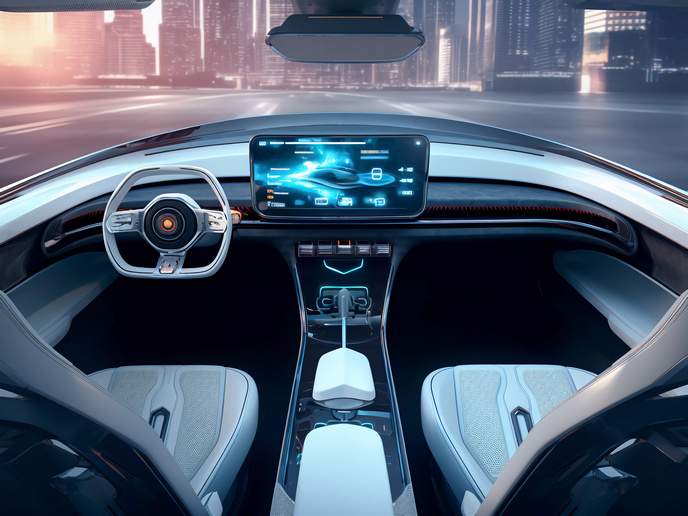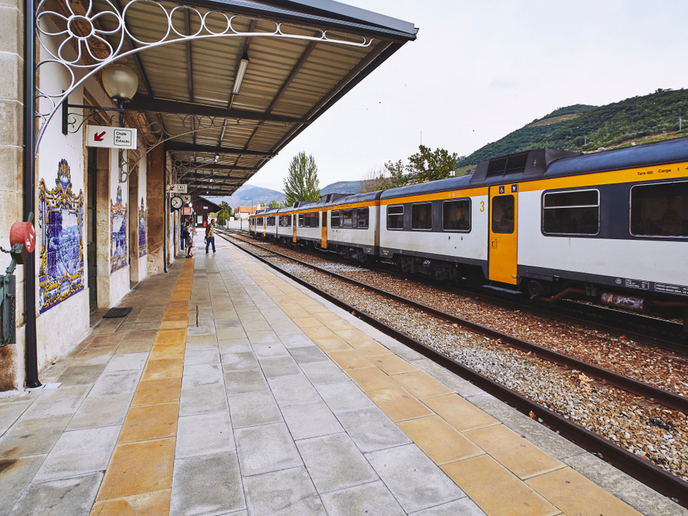Intelligent car communication technologies harmonising autonomous driving systems
Road accidents and traffic congestion are serious issues plaguing global transport systems. Each year, more than one million people lose their lives owing to road accidents. Furthermore, road transport is a significant contributor to climate change, pollution and productivity loss. Connected and autonomous vehicles (CAVs) hold great potential for enhancing the safety and efficiency of road transport. However, they have inherent shortcomings. Funded by the Marie Skłodowska-Curie Actions, the COSAFE project proposed an innovative solution in the form of cooperative connected autonomous vehicles. “Our approach leverages vehicular communications and autonomous driving technologies for resource sharing and cooperative driving to address road transport challenges while enhancing road safety and efficiency,” notes Jianhua He, project coordinator and a professor from the University of Essex. The project has been a collaborative effort involving an international consortium of leading academic institutions, prominent industry partners and policymakers. Together, they joined forces to develop innovative CAV technologies and applications, supported by novel vehicle communications systems and resource sharing. “COSAFE has been among the first research projects focusing on novel CAV technologies and applications,” highlights He. As emphasised by He, the proposed systematic, cross-layer design approaches have enabled the team to tackle complex challenges in the field.
Exploiting the synergy between vehicles and their surroundings
Central to COSAFE activities has been the concept of cooperative sensing and computing (CSC), namely, systems that maintain high perception performance by efficiently utilising resources. These shared resources and real-time data about surroundings, allow each vehicle to make more informed decisions. CSC leverages innovations from underlying layers such as advanced vehicle-to-everything(opens in new window) (V2X) communications, edge computing, intelligent resource management and more. Resource sharing involves various elements such as vehicles and roadside infrastructure working together to utilise resources including data, network bandwidth and road space. “Leveraging this synergy, roadside infrastructure, COSAFE provides a safe and efficient driving environment with improved perception and coordination. It not only optimises the use of shared resources but also ensures road safety and efficiency through advanced communication and computing mechanisms,” states He. Equating vehicles and transport infrastructure to a vast network of interconnected sensors and computers, these resources – when harnessed effectively through collaborative intelligent vehicles – can significantly enhance road safety and efficiency. This collaboration enables sharing vital information such as driving paths, moving objects within drivable areas, scene semantics (such as traffic lights, signs and road markings) and various driving manoeuvres like turning and yielding. Ultimately, connected intelligent vehicles gain a holistic perception of their driving environments, improving transport safety.
Next-generation communication technologies for autonomous vehicles
The project team developed a 5G millimetre channel model for V2X technology and broadcast algorithms. They also explored wideband spectrum sensing to facilitate dynamic access to radio(opens in new window) (white-space spectrum resources), further boosting communication capacity and reliability. Visible light communication techniques were investigated as a solution for safely coordinating autonomous vehicles at roundabouts. Ultimately, the team presented a cost-effective, flexible, and scalable testbed that uses software-defined radio(opens in new window) and dedicated short-range communications for vehicle-to-vehicle communications. “The proposed technologies on cellular communications, edge computing and intelligence, and cooperative perception have direct implications in autonomous driving, smart cities, the Internet of Things and the broader scientific community. They could also have a profound impact on scientific communication, transport, economics and society,” concludes He.







